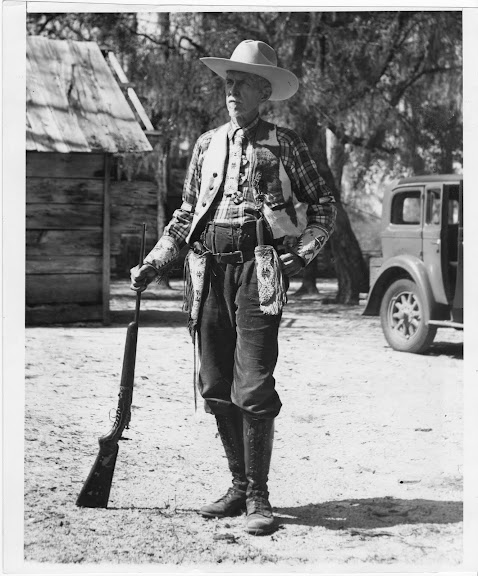This article had no image so I have chosen to add the image associated with Chiefland.
A. Hyatt Verrill, an Explorer, Dies at 83; Wrote 105 Books on History and Travel
New York Times; Nov 16, 1954, pg. 29. Researched by Alan Schenker, digitized by Doug Frizzle Oct. 2011.
CHIEFLAND, Fla., Nov. 15 UP) —A. Hyatt Verrill, author, illustrator, naturalist and explorer, died at his home here yesterday. He was 83 years old.
Mr. Verrill came to this area first in 1937 with a treasure salvage expedition on the Suwannee River and returned in 1940 to make it his home.
He conducted extensive explorations in Bermuda, the West Indies, Guiana, Central America and Panama during the years 1889-1920, and rediscovered the supposedly extinct solenodon paradoxus in Santo Domingo in 1907.
Mr. Verrill was born in New Haven. He attended the Yale School of Fine Arts and studied zoology under his father, Addison Emery Verrill. He illustrated the natural history sections of Webster's International Dictionary (1896). In the article about him in Vol. 26 of "Who's Who in America" he is credited with having invented the autochrome process (photography in natural colors), in 1902.
Mr. Verrill lived in the British West Indies from 1903 to 1906; in British Guiana, 1913 to 1917, and in Panama, 1917 to 1921. In 1933 and 1934 he headed expeditions engaged in salvaging a Spanish galleon sunk in the West Indies. In 1940 he established the Anhiarka Experimental Gardens and Natural Science Museum at the site of the ancient Indian village of Anhiarka, where De Soto is said to have made his first settlement in Florida. In 1944 he established a shell business at Lake Worth, Fla.
A man of extraordinary energy and enthusiasm, Mr. Verrill wrote 105 books on adventure subjects, natural history, travel and books for boys. The names of a few suggest his range: "Smugglers and Smuggling," (1924); "Barton's Mills," the story of the settlement .of the interior of Maine; "Old Civilizations of the New World," "Wonder Creatures of the Sea," "Foods America Gave the World" and "Wonder Plants and Plant Wonders."


No comments:
Post a Comment